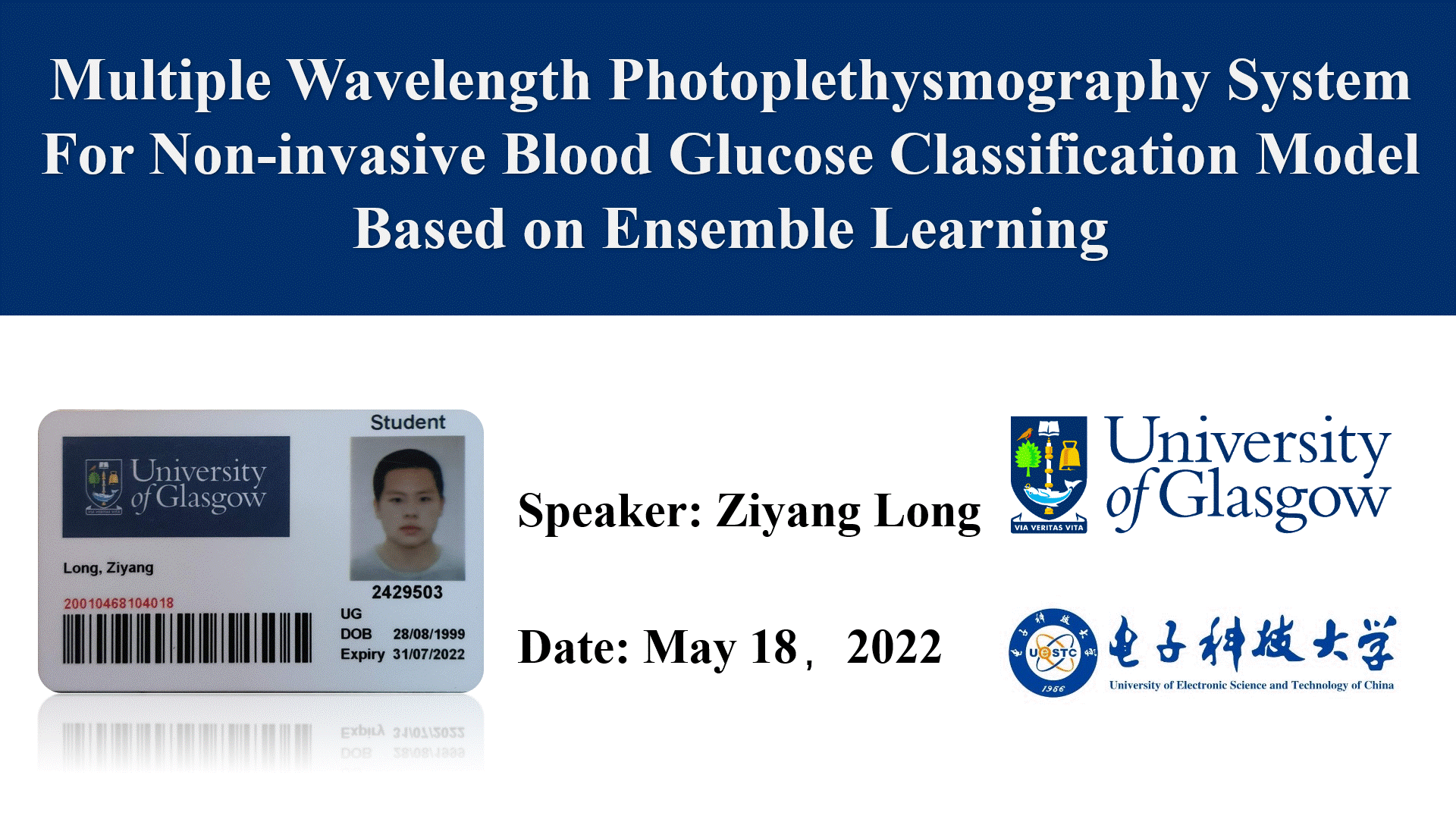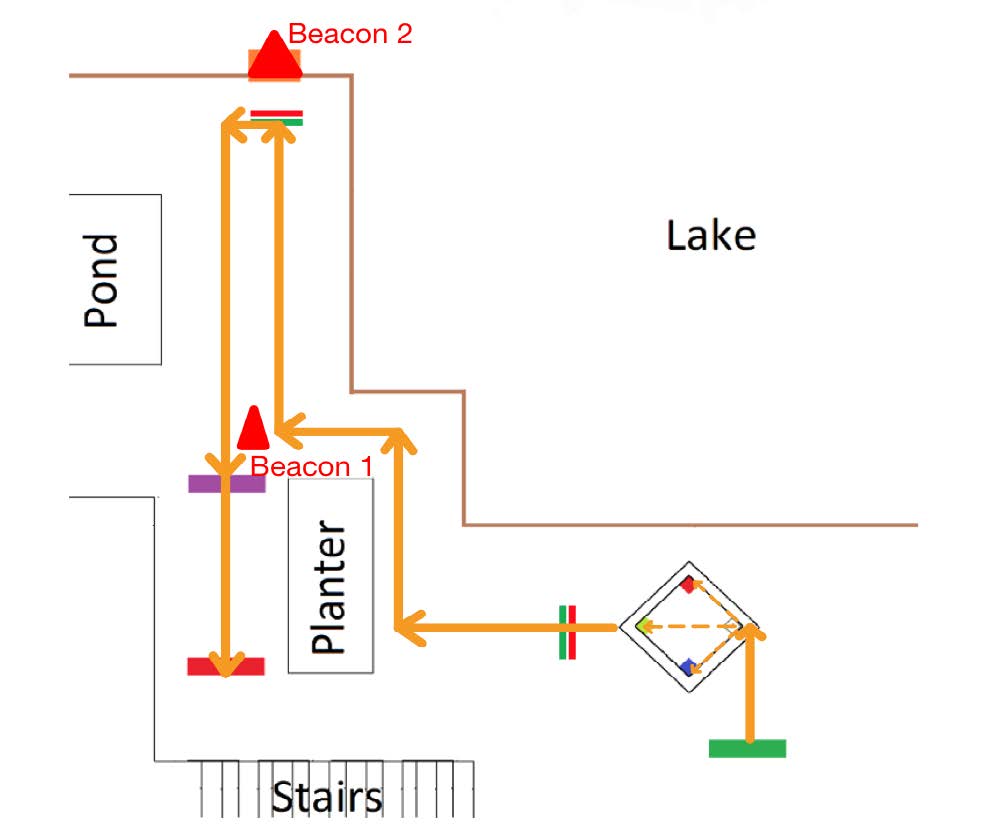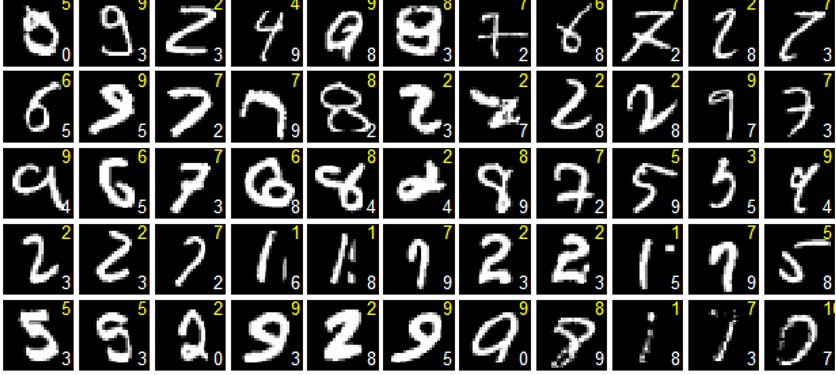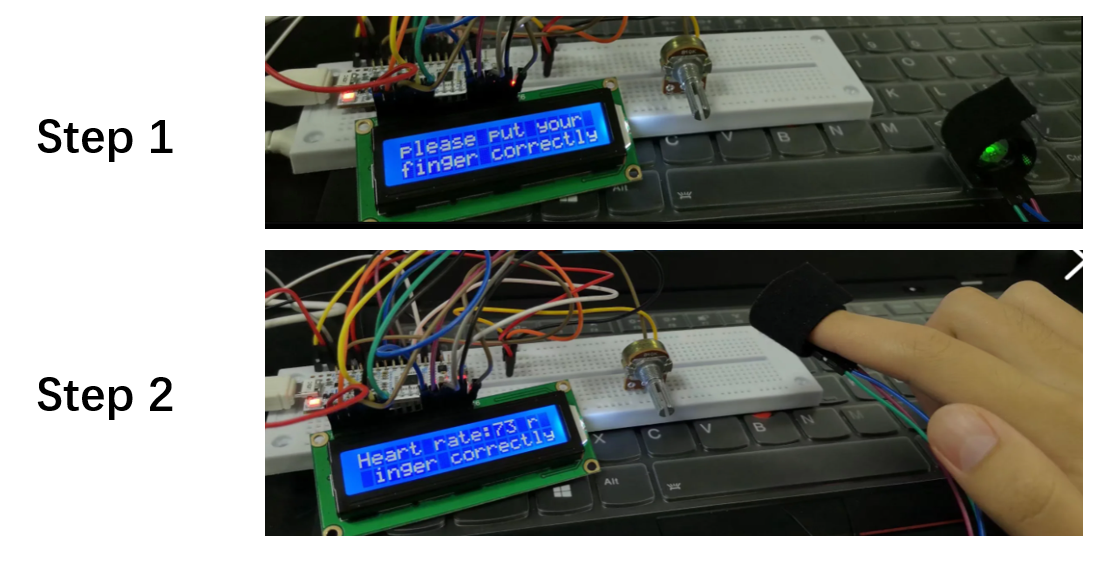Finial year design: (In Progress)

WARNING
⚠️It is expected to finish before 2022 May!
Design Files
Introduction: Mad Max Group

Team Design Project Study
In the course, we are required to design an intelligent car🚗 for one semester. Our group is divided into two sub-teams: Car Group and Image Group.
I was the coordinator of Car Group, leading four members. Car group was mainly responsible for control the car movement, covering the work of driving circuit design and manufacturing, PID algorithm, testing and joint debugging of the hardware part of the whole vehicle, etc.
Every circuit board in our car has its special logo MadMax, also the name of a movie. [Project Github Address]

The Patio1
Patio 1 has three tasks where the first task is to follow the path, the second task is to find the bridge and cross on top of it, and the third task is to find the gate, go through and stop. In this patio, we mainly use edge detection and color (beacon) recognition techniques. Figure 1 below shows the route and beacon position of Patio 1, where beacon one is used to enabling the car to turn right and run onto the bridge, and beacon two is used for stopping the vehicle. The following video shows a complete flow chart of our achievement in Patio 1
It probably was the most rapid and smooth car.
The Patio2

Patio 2 also has three main tasks. The mission of task 1 is to detect a particular color and automatically move in a specific direction. Task 2 automatically moves from the red line in task 1 to a position near the lake and releases an item to the lake. Task 3 requires the car to return to the planter area and transmit a message to a laptop. After receiving a reply message from the computer, the vehicle needs to keep moving until the destination.
This patio uses more techniques, e.g., tracing, color recognition, distance detection, robotic arm control, and HC-12 communication.
TIP
Gyroscope and debugging are the most impressive work for me. The appropriate filter algorithm, the execution logic, the stability test, etc., make me more self-confident when facing difficult problems which I may never meet before.📚
The charm of a team project is friendship, love, and burning (I mean the explode of STM32💥, haha😂)
If you are interested in my work in detail, please click the pdf button. It comprehensively elaborates my contribution.

A CNN for MNIST Handwritten Digit Classification

Introduction to Deep Learning Course Program, UESTC
Mar 2021 - May 2021|Chengdu
Built a neural network in the main structure of two convolution layers and two pooling layers by MATLAB.
Adopted back propagation algorithm and stochastic gradient descent algorithm to update the parameters for each layer.
Selected Rectified Linear Unit as activation function in the hidden layers and SoftMax in the output layer.
TIP
Thanks to this course work, I know the basic concept of deep neural learning, including jargons like activation function, back propagation algorithm, the decreasing gradient algorithm and so on. In this project, I study how to design a framework of a neural network by matlab. From my tentative understanding, ML is math.
Portable finger pulse monitor

Microelectronic System Course Program, UoG
Aug 2018 - Jan 2019|Chengdu
- Transformed analog signals from Pulse Sensor into digital signals on an STM32 microcontroller.
- Accepted moving average filter algorithm to diminish the thorns and slight oscillation in signal.
- Established interoperability between LCD screen and STM32 using Universal Asynchronous Transmitter Receiver protocol.
TIP
In my freshman year, when the Mi Band became a hit all over the world, I was deeply impressed, which spurred me to make a pulse detector. I detected the pulse in fingers by utilizing the green light fluctuation from the Pulse sensor based on the knowledge about C language learnt in Programming class and embedded system in Microelectronic Systems class. Though it was just a simple work of filtering the signal and calculating the peak value per second, it was the first time I found EE to be so intriguing.
